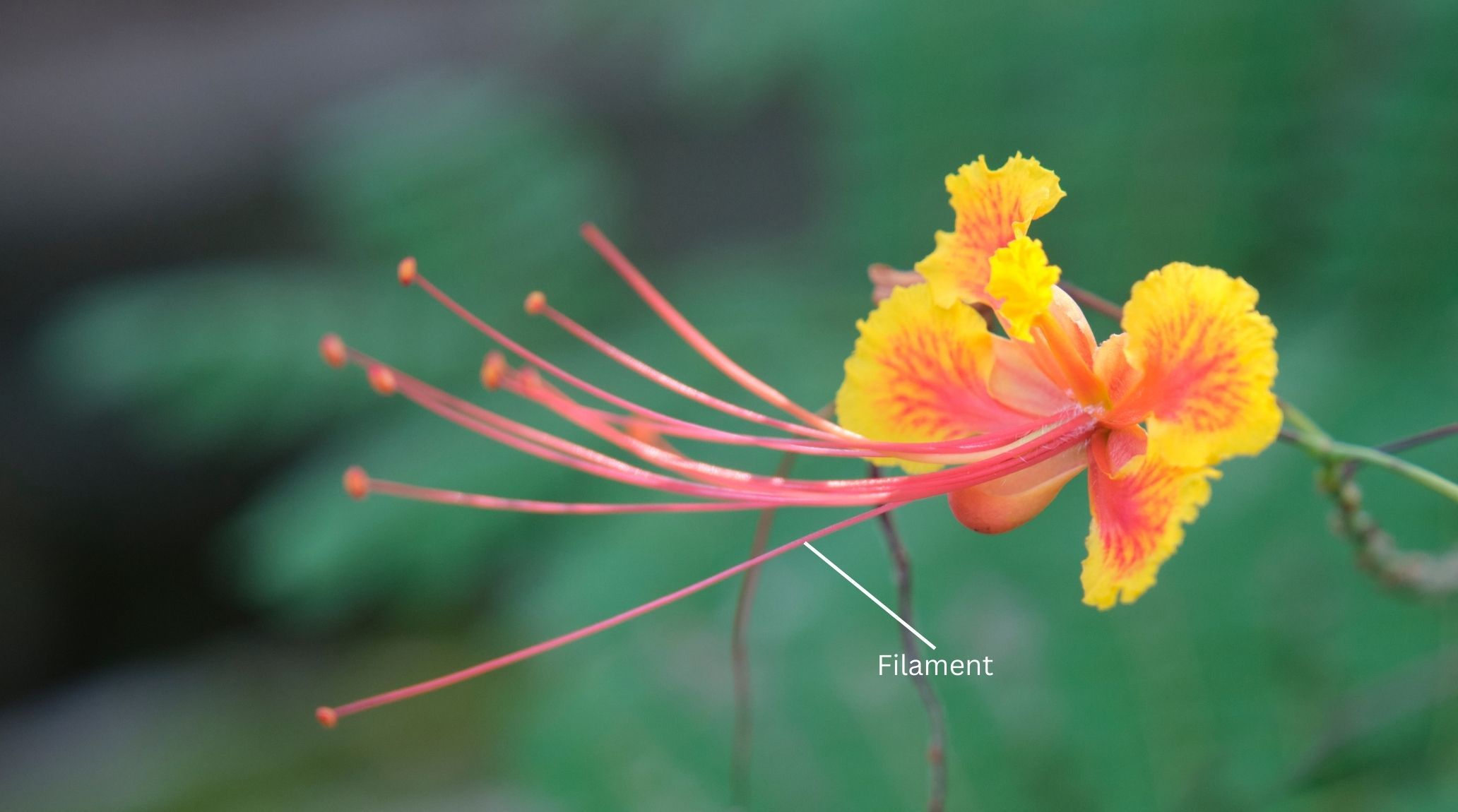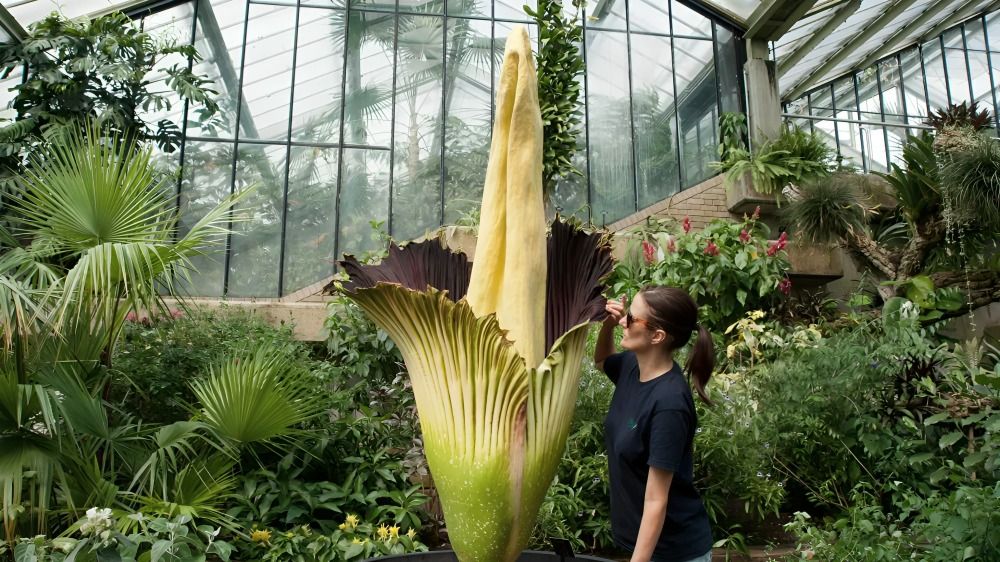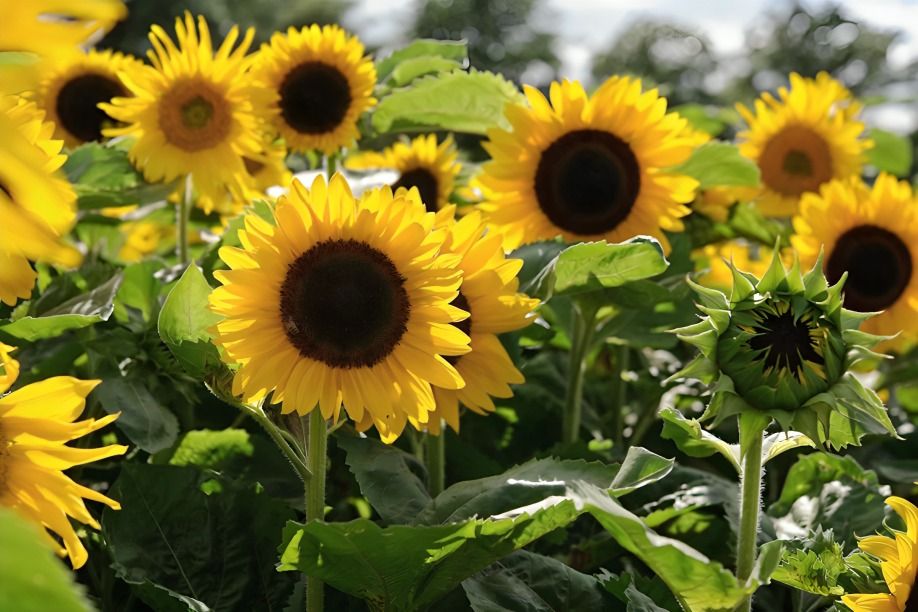
“
Flower filaments play a crucial role in plant reproduction and are more fascinating than they might seem. From their diverse shapes and colors to their essential functions in attracting pollinators and supporting pollen production, filaments are a testament to nature's ingenuity. In this blog, we’ll delve into 20 fascinating facts about filaments, shedding light on their remarkable features and evolutionary adaptations. Whether you're a botany enthusiast or simply curious about the wonders of nature, these facts will reveal just how extraordinary flower filaments truly are.1
1
”
The number of filaments varies among species, reflecting reproductive strategies and pollination needs. Nymphaea spp. have many filaments, while orchids (Orchidaceae) have fewer, often fused, demonstrating different adaptations for reproduction. 1

The Amorphophallus titanum, known for its colossal size, features one of the longest filaments in the plant kingdom. This impressive length demonstrates an adaptation for effective pollination.
Filaments shape and structure flowers, enhancing their appearance and attracting pollinators. For example, the curved filaments of Canna indica create an arch that highlights the flower's center and draws attention to its reproductive parts. 2

Some plants' filaments change color or orientation throughout the day to influence pollination timing. Hymenocallis speciosa shows this by shifting filament color from white to pink as daylight progresses, adjusting its pollination strategy accordingly.
Filaments develop during the flowering stage of a plant's life cycle and are influenced by environmental factors like light and temperature, which can affect their growth and the overall reproductive success of the plant. 3

Parasitic plants like Viscum album lack chlorophyll and depend on host plants for nutrients, including those transported through filaments. They draw water and nutrients from their host tree via specialized structures.
Certain flowers have developed filaments that mimic the appearance of insects, using deception to attract pollinators. This mimicry enhances their chances of attracting the right pollinators for successful reproduction.4
The filament, combined with the anther, forms the stamen, the male reproductive part of a flower. This structure is crucial for pollen production and transfer, playing a key role in the flower's fertilization process.5
The filament elevates the anther, making pollen more accessible to pollinators like bees and butterflies, and also to the wind. This adaptation enhances the likelihood of successful pollen transfer and fertilization.6
Despite their seemingly delicate nature, filaments exhibit impressive strength, capable of supporting the weight of heavy anthers. This strength is vital for maintaining the structural integrity of the flower. 7
Aquatic plants have evolved filaments that can grow rapidly, enabling them to reach the water's surface for pollination. This adaptation is crucial for their reproductive strategies and survival in their unique aquatic environments.8
The filament’s flexibility allows it to bend and sway in the wind, aiding in the effective dispersal of pollen. This adaptability enhances the plant's chances of successful pollination by ensuring better pollen distribution.9

Orchids are renowned for their intricate and diverse flower structures, including a wide variety of filament shapes. These unique filaments play a key role in their complex reproductive strategies and interactions with specific pollinators.
Brightly colored filaments in flowers like the Lily are designed to attract specific pollinators, such as bees or butterflies. The coloration enhances the visibility of the flower and increases the likelihood of successful pollination.10
In wind-pollinated plants, filaments are often tiny and inconspicuous, reflecting their less prominent role in the plant’s reproductive process. Despite their small size, they are essential for the effective dispersal of pollen.11
The filament, typically lasts for the duration of the flower's blooming period. Its lifespan varies by plant species but generally supports pollen release throughout the flower's reproductive phase.12
The intricate architecture of filament cells is designed for efficient transport of water and nutrients to the anther. This efficient transport system supports the development of pollen and contributes to the overall health and functionality of the flower.13

Composite flowers, such as sunflowers, boast a vast number of filaments, which contribute significantly to their pollen production. This abundance enhances their reproductive success and ensures effective pollination.
In Allium species (onions and garlic), filament structure can impact the plant's medicinal properties, with ongoing research exploring these effects. Filaments may influence the production of bioactive compounds used in traditional medicine. 14
Filaments help regulate the temperature of the anther, providing optimal conditions for pollen development. By managing heat levels, they ensure that pollen remains viable and can effectively contribute to the fertilization process.15


